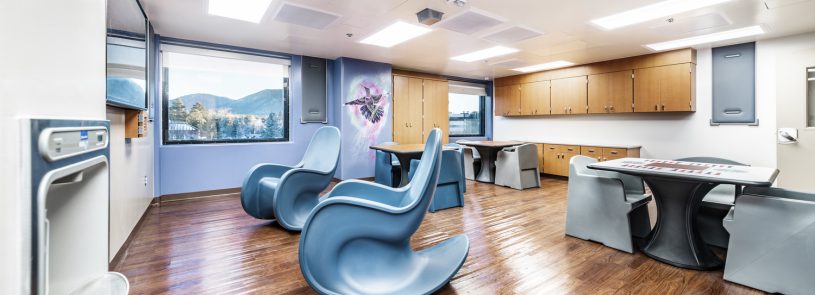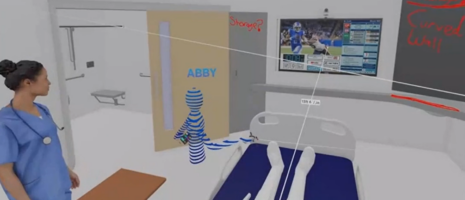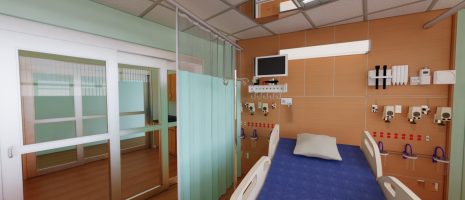De-escalation by Design: Making behavioral health, ER/ED facilities safer

By Ryan Searles
Behavioral health facilities have changed in recent years. The institutional look has given way to more attractive and comfortable spaces that may look more like a hotel than a hospital.
Despite that, in many facilities, even newly built ones, institutional-looking safety measures remain in place. It doesn’t have to be that way to be secure, however.
De-escalation by Design is a security concept that creates spaces that are safe, calm, and therapeutic. It adapts tenets of Crime Prevention Through Environmental Design (CPTED) to the indoor behavioral healthcare environment, and hospital emergency departments, to allow patients and staff dignity, respect, and agency.
If you’re not familiar with CPTED (pronounced SEP-ted), it’s a crime prevention strategy developed in the 1970s that designs physical environments to influence human behavior in a positive way. It’s used by cities, retailers, schools, and more, to create secure, but welcoming, outdoor environments. De-escalation by Design brings those strategies indoors to healthcare settings—using multiple phases of design, social programs, colors, lighting, natural surveillance, and natural access control—and blends them with physical security technologies like cameras and access control devices.
De-escalation by Design can be incorporated into a variety of spaces, including nursing stations, which are a key part of behavioral health and emergency department facilities. Even before the COVID era, they often featured a glass or plastic barrier between nurses and patients. That barrier can increase agitation. For example, if a patient asks if the TV channel can be changed but they can’t be clearly heard through the barrier, the nurse asks them to repeat the question. The cycle repeats. The feelings of distrust and lack of agency cause both the patient and the nurse to grow agitated, which can escalate into bigger issues.
Instead of using hardened territorial boundaries, like Plexiglass, we change the tile color on the floor and the paint schemes on the wall to clearly differentiate nursing space from patient space. Colors can also be used on the floor and walls to guide patients to common rooms, private rooms, and medical areas. Certain colors calm the human mind, and using those colors within the territorial markings can help reduce tension and prevent a flare-up.
For hallways, we would also set clear lines of sight and pathways with rounded corners, instead of square, 90-degree angle corners. This keeps more eyes on the people in the room, while also giving patients agency—the room seems more home-like and not like they are being constantly monitored.
Depending on patient restrictions in behavioral health facilities, designating a wall for patients to create a mural can also help instill calm. First, it creates a sense of ownership in that space. The act of painting can be used as therapy or a diversion tactic when a patient is bothered or upset. Creating soothing spaces can also be accomplished through well-established design principles that incorporate natural light, colors, and textures from nature.
While cameras are still used, they are placed only in certain locations after we design the space to reinforce natural surveillance and natural access control to guide people where we want them to go.
The goal of De-escalation by Design is to defuse situations in advance so nurses and staff resort to conflict resolution and crisis intervention training as an exception, not the rule. It also creates a more aesthetic, noninstitutionalized look to the environment that is more pleasant and less stressful to live and work in. Ideally, the design work is done with architects in the concept and master plan phases, but it can also work when renovating or retrofitting a space.












